Phone: (030) 81 81 61 11 – E-Mail: join@cybernetic.life
Faster, stronger, further –
Success with holistic sports medicine
For some years now, not only professional athletes have been taking advantage of the possibilities of modern sports medicine.
More and more ambitious amateur and amateur sportspeople are interested in healthy and sustainable training.
Find out here how complementary medicine and naturopathy offer ambitious athletes new opportunities.
The world of holistic sports medicine opens up new avenues in injury rehabilitation and performance optimization.
About me
Guido Paul Zörner – Osteopath & alternative practitioner
My portfolio:
- Osteopathy
- Acupuncture (TCM)
- Cupping
- Kinesiology taping
- Hypnotherapy
- Rehabilitation sports instructor (DOSB, BSB)
My main focus:
- Treatment of pain
- Sports medicine
My practice location:
- Berlin-Charlottenburg
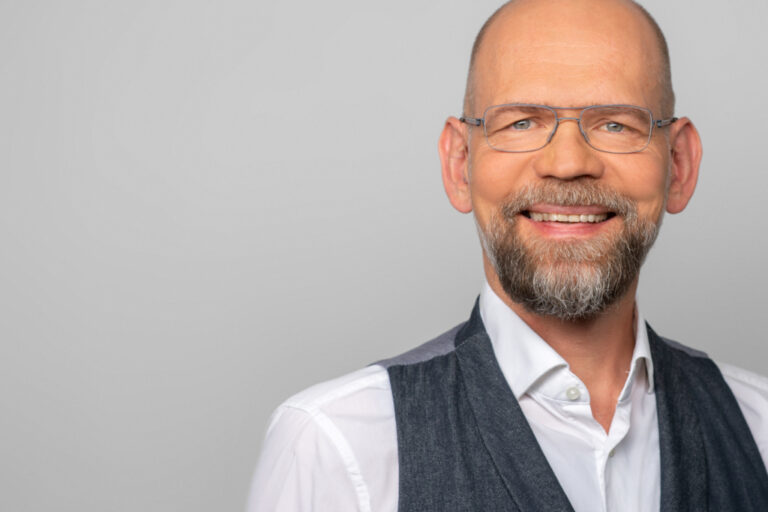
What is holistic sports medicine?
Sports medicine can be regarded as holistic medicine, as it not only deals with the diagnosis and treatment of individual illnesses, but also with the influence of sport on the whole body.
In my practice, “holistic” also means the use of complementary medicine, in particular osteopathy, acupuncture according to traditional Chinese medicine and mental techniques such as hypnosis.
The aim is to treat people on a physical level (muscles, tendons, fascia, joints etc.), on an energetic level in the sense of the meridian theory of traditional Chinese medicine and on a mental-psychological level.
What treatment strategies does holistic sports medicine include in my practice?
- Osteopathy
- Acupuncture / Traditional Chinese Medicine
- Orthopaedic diagnostics
- Cupping
- Kinesiology taping
- Sports hypnosis
- Mental training / coaching
- Manual therapy
- Herbalism, dietetics
- Fascia therapy
- Pain therapy
- Trauma therapy
These are the main focuses of my practice(*) …
Osteopathy
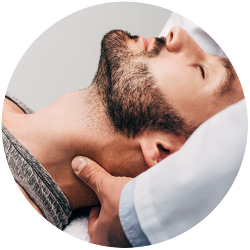 The task of an osteopath is to loosen tense and less mobile tissue and improve circulation in the blood vessels.
The task of an osteopath is to loosen tense and less mobile tissue and improve circulation in the blood vessels.
This affects the function of muscles, fasciae and joints.
Sports osteopathy is used for regeneration after injuries and to optimize performance.
Acupuncture
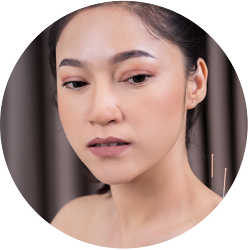 Traditional Chinese medicine uses meridian theory to treat the energetic connections between functional circuits in the body.
Traditional Chinese medicine uses meridian theory to treat the energetic connections between functional circuits in the body.
An imbalance in the functional circuits can have an impact on physical or mental performance.
Acupuncture in particular is used to treat pain or restricted movement.
Orthopaedic diagnostics
Orthopaedic diagnostics play a key role in sport, particularly in the case of structural damage to the musculoskeletal system.
A variety of test methods (such as neuro-musculoskeletal tests) provide a very differentiated picture of possible injuries to muscles, tendons and joints. Metric measurements allow objective progress monitoring.
Sports hypnosis
The techniques of hypnosis open the door to the subconscious.
Mental “blockages” such as fears or doubts can be revealed.
Feedback methods can make unconscious processes in training and competition conscious.
Sports hypnosis and mental training offer considerable performance potential, in particular to optimize endurance, strategic competence, coordination and perception.
What does trauma therapy offer?
Losing is part of sport.
Unfortunately, so are accidents and injuries.
Injuries are often very traumatic for athletes, as they can have a lasting impact on their success.
In my practice, my concept of complex trauma therapy with a multidisciplinary approach has proven its worth.
The two basic building blocks of complex trauma therapy are manual therapy and physical, mental and social rehabilitation.
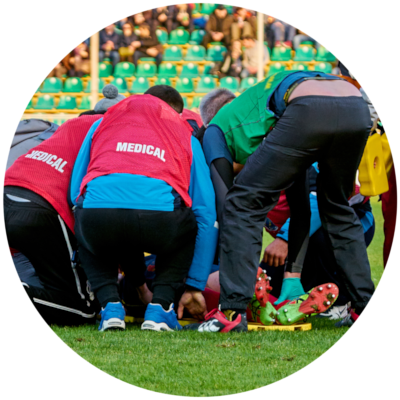 Manual therapy focuses on osteopathic techniques.
Manual therapy focuses on osteopathic techniques.
In particular, joints and muscles are treated.
The treatment of scars is also important to restore mobility.
Fasciae are not just a connective tissue layer for muscles and organs.
The immune and nervous systems are closely connected to the fasciae.
Not only do they store kinetic energy, they can also store information associated with strong emotions or injuries.
This results in restricted movement that cannot be remedied by manual therapy and training alone.
Special fascia therapy combines treatment on the psycho-emotional level of a trauma with the consequences of the physical injury.
Pain and inflammation management is closely linked to work on the fascial system.
Inflammation and edema are part of the healing process.
However, the self-healing powers can develop a dynamic that may delay the healing process.
Mental rehabilitation involves clarifying feelings of insufficiency caused by the trauma.
The mental (subconscious) focus on the trauma strongly influences motivation and beliefs.
Individual coaching techniques and hypnotherapy can shorten the path back to training if necessary.
What does performance optimization mean in holistic sports medicine?
Faster, stronger, further – that is the essence of competition for many people.
In contrast to performance enhancement using banned substances or methods, performance optimization takes a different approach.
The aim is to maximize the athlete’s abilities and possibilities in training and competition using the body’s own resources.
In my practice, the strategy for optimizing performance during training involves first identifying factors that reduce performance.
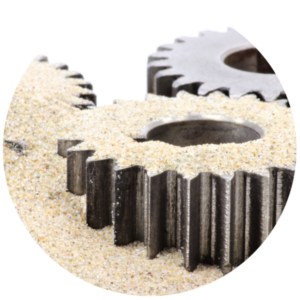
Performance-reducing factors do not refer to injuries or degenerative changes.
Rather, it is about the “sand in the gears” that prevents perfect execution of the movement.
Performance-reducing factors in sport are, for example:
Injuries
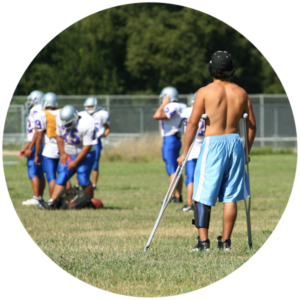 Even if an injury has healed, it should be checked whether myofascial chains show any abnormalities.
Even if an injury has healed, it should be checked whether myofascial chains show any abnormalities.
An osteopathic lesion can manifest itself, for example, through muscular or fascial tonus changes.
Unconscious influences also play a role.
In addition, scars can influence local mobility in the tissue.
Movement patterns (kinesiology patterns)
 Inefficient, ingrained posture and movement patterns can be found in almost all athletes.
Inefficient, ingrained posture and movement patterns can be found in almost all athletes.
Optimizing movement patterns not only offers performance potential, it can also reduce possible pain and the risk of injury.
Mental defocusing
 Fears, feelings of guilt, shame, feelings of insufficiency are some examples of mental “blockages”.
Fears, feelings of guilt, shame, feelings of insufficiency are some examples of mental “blockages”.
Mental factors are rarely consciously recognized.
These can be identified in a confidential conversation.
Training errors
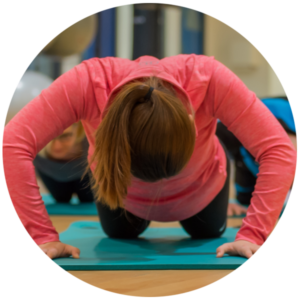 Identifying training errors is the task of the coaching team.
Identifying training errors is the task of the coaching team.
Nevertheless, sports physicians very often find indications of unsuitable training stimuli, insufficient regeneration or functional restrictions in the musculoskeletal system, for example.
Of course, not all of the aforementioned performance-reducing factors play a role in every case.
Which aspect is in need of intervention can be determined individually for an athlete or a team or is already part of my assignment.
Once a performance-reducing influence has been identified, there is an adjustment screw for optimizing performance.
Sports medicine advice
What does holistic and complementary sports medicine offer you?
I will be happy to advise you individually.
40 €
Consultation appointment approx. 45 minutes.
Contact us
I would be happy to advise you individually and without obligation.
Practice for cybernetic medicine
Guido Paul Zörner – alternative practitioner
Leonhardtstr.
12
14057 Berlin-Charlottenburg
Phone: (+49) 030 81 81 61 11
E-mail: join@cybernetic.life
Threema ID: CYHFVM6F
I will be happy to call you back.
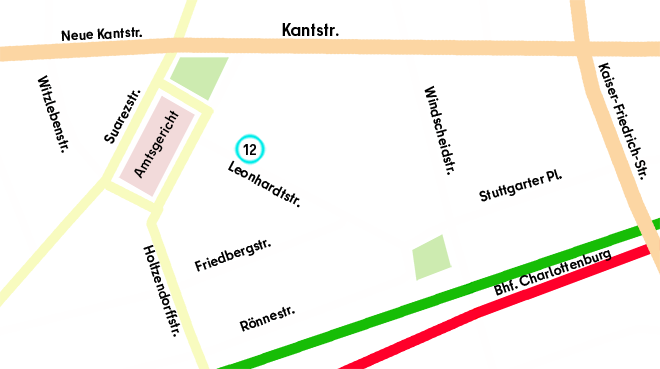
News from my blog:
Contact us
I would be happy to advise you individually and without obligation.
Practice for cybernetic medicine
Guido Paul Zörner – alternative practitioner
Leonhardtstr.
12
14057 Berlin-Charlottenburg
Phone: (+49) 030 81 81 61 11
E-mail: join@cybernetic.life
Threema ID: CYHFVM6F
I will be happy to call you back.

Visit my website and find out more about my work.
(*) Note
The therapeutic methods described here are naturopathic methods that are not or only partially recognized by conventional medicine.
They belong to the therapeutic methods of alternative medicine and can complement other therapeutic methods.
